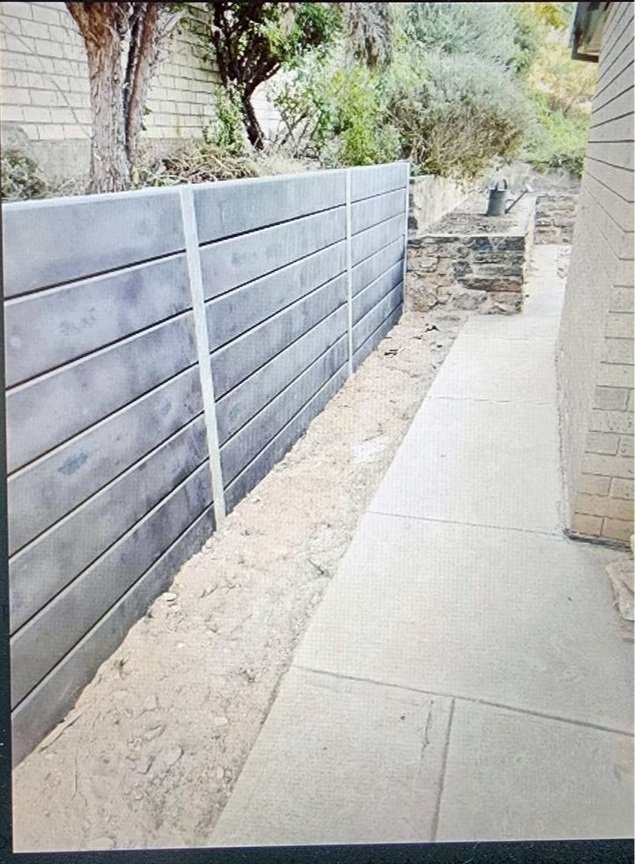The 4 Main Types of Retaining Walls in South Australia
Types of Retaining Walls in South Australia: What You Need to Know
Why Are Retaining Walls Important in Australia?
In South Australia, from the coastal suburbs of Adelaide to the rural hills of the Barossa and Fleurieu Peninsula, retaining walls are crucial for managing sloping land, supporting garden terraces, and preventing erosion. But choosing the right type of retaining wall for South Australia's unique conditions depends on local soil, weather, and council regulations.
Here’s a deeper dive into the four main types of retaining walls used across South Australia:
1. Gravity Retaining Walls in South Australia
How they work: Gravity walls rely on their own weight (usually concrete, stone, or block) to hold back soil.
Where they’re used in SA:
Common in suburban Adelaide—especially in hilly areas like Belair, Burnside, and Mount Barker.
Ideal for garden terraces and small landscaping projects.
Local considerations:
Due to the reactive clay soils found in parts of Adelaide and the Adelaide Hills, proper drainage is essential to prevent wall movement during wet seasons.
Materials often used:
Concrete sleepers
Natural stone (popular for heritage-style homes)
Interlocking blocks
2. Cantilever Retaining Walls in South Australia
How they work: Made from reinforced concrete, these walls use a slab base and a vertical stem to resist soil pressure.
Where they’re used in SA:
New subdivisions in Adelaide's northern and southern suburbs
Infrastructure projects like road cuttings and industrial developments
Coastal suburbs like Seacliff and Hallett Cove, where space is tight but wall strength is key
Local note:
Engineered cantilever walls may be required for heights over 1 metre, and most SA councils require development approval for these.
3. Embedded (Piled) Retaining Walls in South Australia
How they work: Deep piles (steel, timber, or concrete) are driven into the ground to provide structural support.
Where they’re used in SA:
Sites with unstable or sandy soil (like along the Onkaparinga River or near Port Adelaide)
Sloping or steep blocks in areas such as Aldgate, Stirling, and Crafers
When building close to property boundaries
Why they’re chosen:
South Australia’s variable soil types—including loamy sands and reactive clays—can be challenging. Embedded walls are ideal for deeper excavations where conventional walls won’t hold.
4. Reinforced Soil Retaining Walls in South Australia
How they work: Layers of compacted fill are reinforced with geogrid or steel strips, and a facing is applied (vegetation, concrete, or stone).
Where they’re used in SA:
Major civil engineering projects
Large rural or vineyard properties in the Barossa Valley, Clare, and McLaren Vale
Eco-conscious developments looking for sustainable erosion control
Environmental fit:
Great for areas where a “green” or vegetated look is desired, and they perform well in SA’s dry climate once established.
✅ Council Regulations & Considerations in South Australia
Most South Australian councils, including the City of Adelaide, Mount Barker District Council, and City of Onkaparinga, require:
Approval for any wall over 1 metre high
Engineering certification for structural walls
Proper stormwater and drainage design
Ignoring these regulations can lead to costly fines or mandatory reconstruction.
Pro Tip: Always check with our experts before starting your retaining wall project.
🛠️ Need Help Choosing the Right Wall?
Whether you're building on a slope in the Adelaide Hills or landscaping a new home in Gawler, the right retaining wall will depend on:
Soil conditions
Wall height
Drainage needs
Budget
Council rules
Consulting Reltona Constructions local builder & landscape designer familiar with South Australia's terrain and council requirements can save you time and money.



